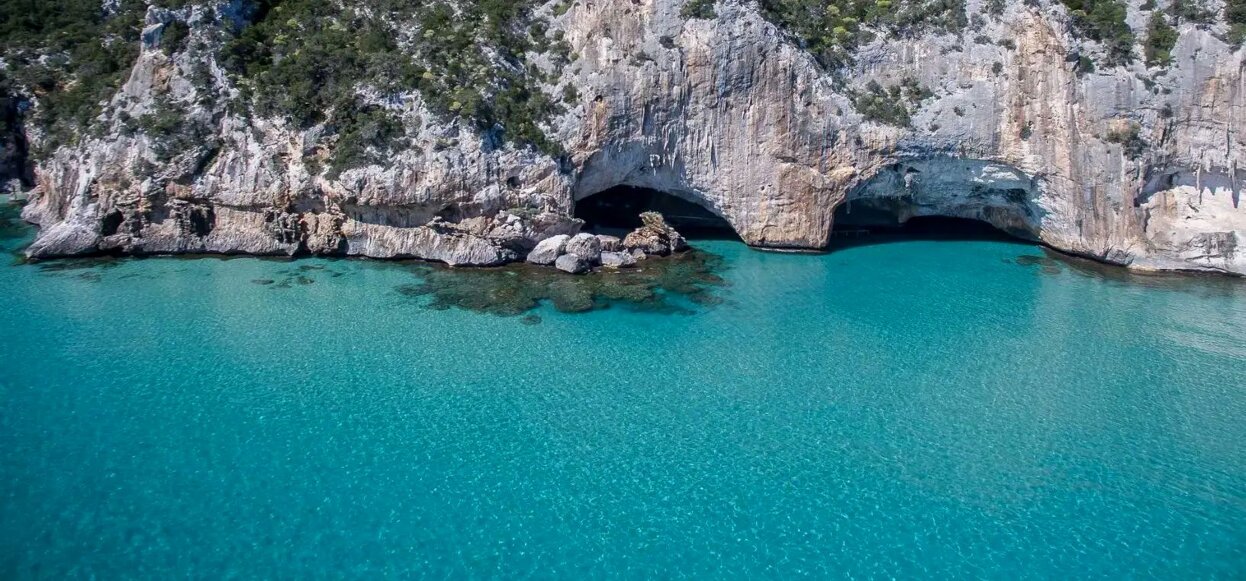
2025 Cooperativa di gestione
© Lampu1 - P.IVA 01367790910
GROTTA DEL BUE MARINO

GROTTA DEL BUE MARINO
HISTORICAL INFORMATION
The cave was clearly used in prehistoric times probably when the sea level was several metres below today’s level, allowing the access from the land. The particular petroglyphs (stone carvings) and the archaeological evidences confirm that the cave was used during the Late Neolithic period. In the Neolithic period, water was of vital importance for agriculture and navigation, especially for the latter, as attested by the circulation of obsidian and the presence of early Neolithic sites near easy landing places.
An example could be Bue Marino cave, and still on the east coast, the Pope’s Cave in Tavolara island, where there is a reference to sea water through some symbolic representations. These are figures carved with a hammer on the stone at the entrance of the Southern Branch, where about 20 anthropomorphic figures can be identified, as well as a cup mark, and two rings with a small cup mark in the centre. Unfortunately today it is no more easy to distinguish them because of the rough limestone surface and the corrosive action of the salt. These figures have a “double fork” shape, i.e. with arms and legs bent into a U. Focusing on the scene we can point out the isolated figure at the bottom right which like a candelabra has multiple limbs; two figures just above have an oblique side appendage; the last figure at the top of the main group has its legs bent in a U shape in the same direction as the arms. All figures have quite long sloping and arched limbs and are spread around the three concentric pattern. According to the most likely suggestion, the scene depicts worshipping men arranged around a circle, that is interpreted as a solar pattern.
In 1955 Giovanni Lilliu removed the last remaining sandy filling flap of Bue Marino Cave, located in the passageway between the so-called Blonde Lady Room and the Emerald Lake. This was all that remained after the modern reorganisation of the cave, a flap of earth that was part of the cave’s original archaeological deposit. Here it was found a green stone smoother, fragments of rough decorated pottery, the remains of a fireplace with animal bones, ash and charcoal. The chronology is not clear: on the basis of such a small amount of material from an unclear stratigraphic context, the date can be fixed to the Late Neolithic (Ozieri Culture) or the Early Copper Age (Filigosa Culture); especially with the latter, are the incised motifs on the loom weight from Conca Illonis – Cabras, dated to the same historical period.
No evidence of human presence has been found in the Northern Branch.
In conclusion, it is likely that caves and shelters were used not only as living places, but also had a magical-religious function, perhaps connected to funerary rites, as in coeval hypogeal art. However, we need documentary evidence of a funerary use to strengthen this hypothesis, which is difficult to find in this context.


COOP. GHIVINE
2025 Manegement

